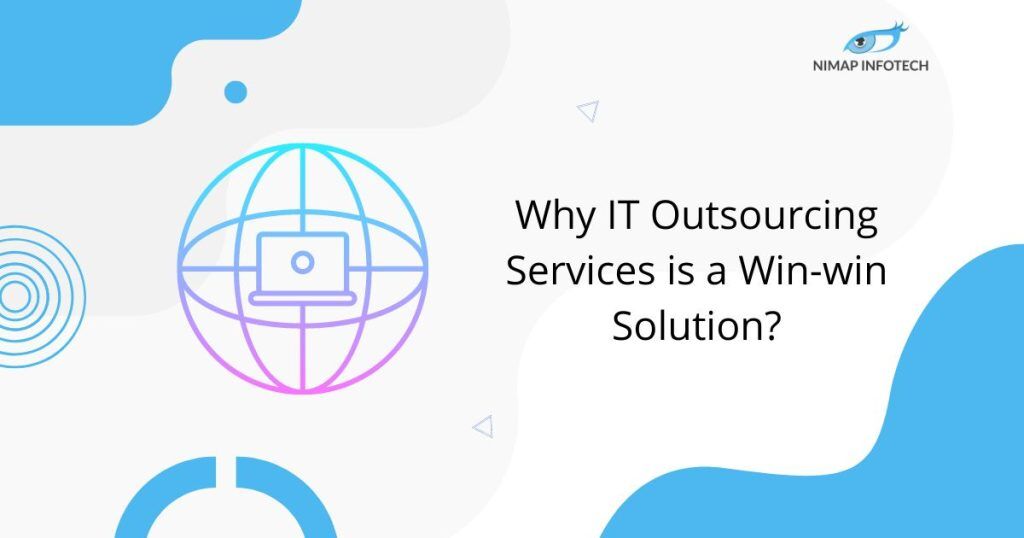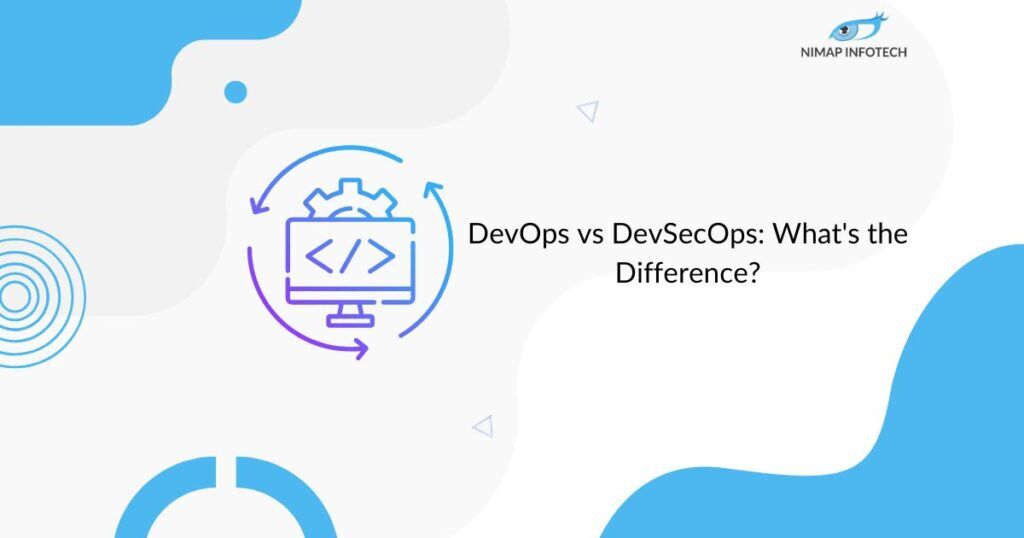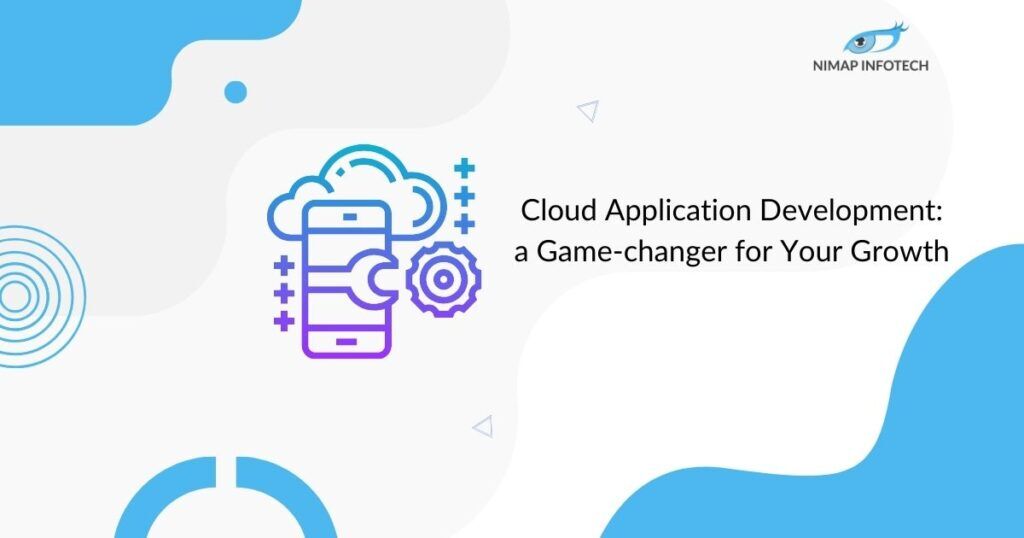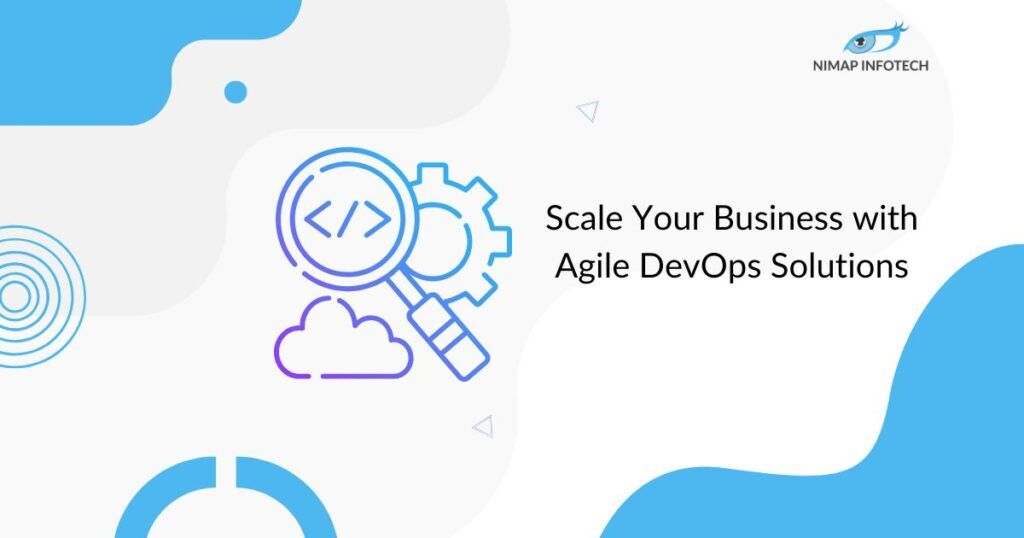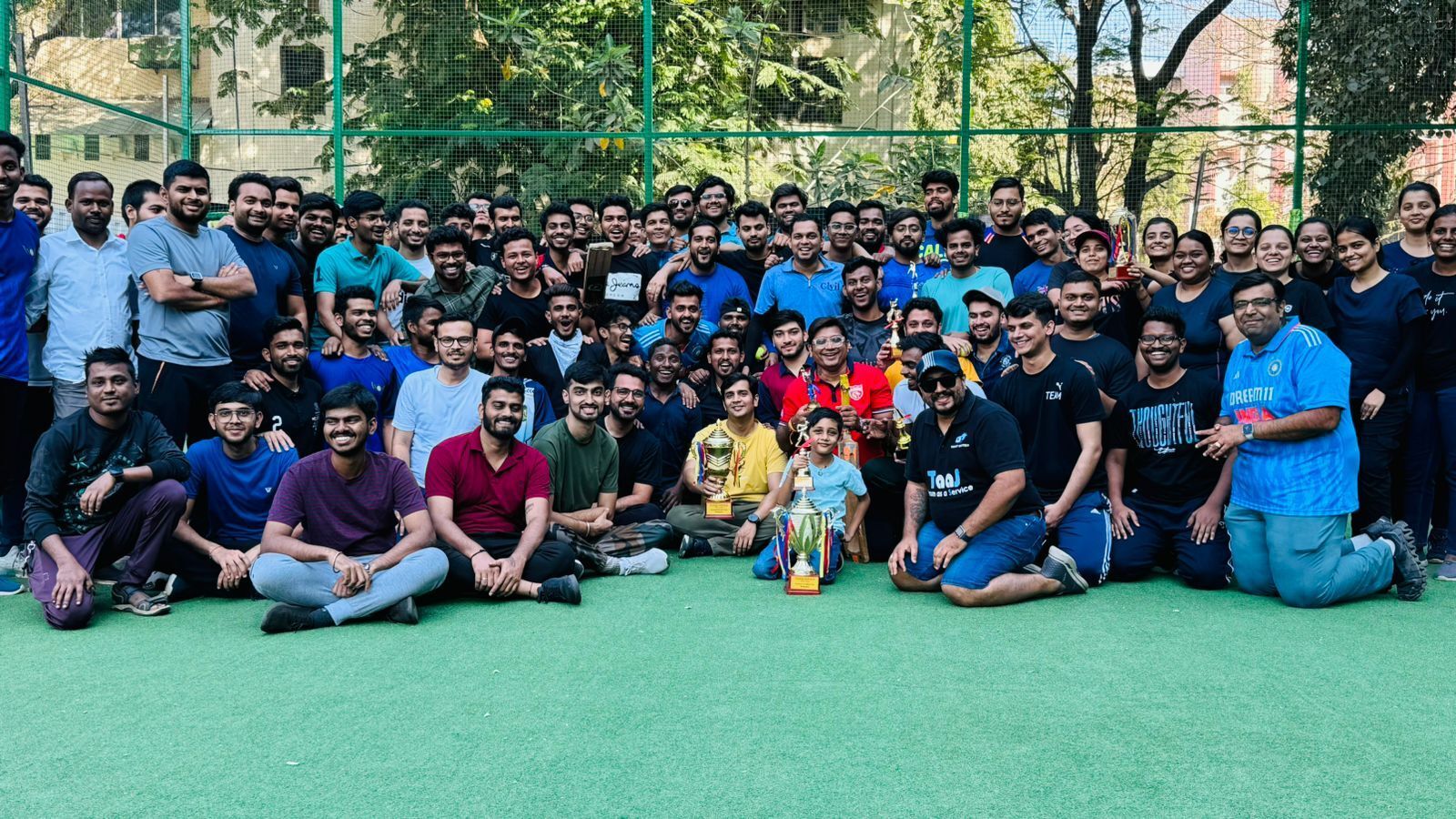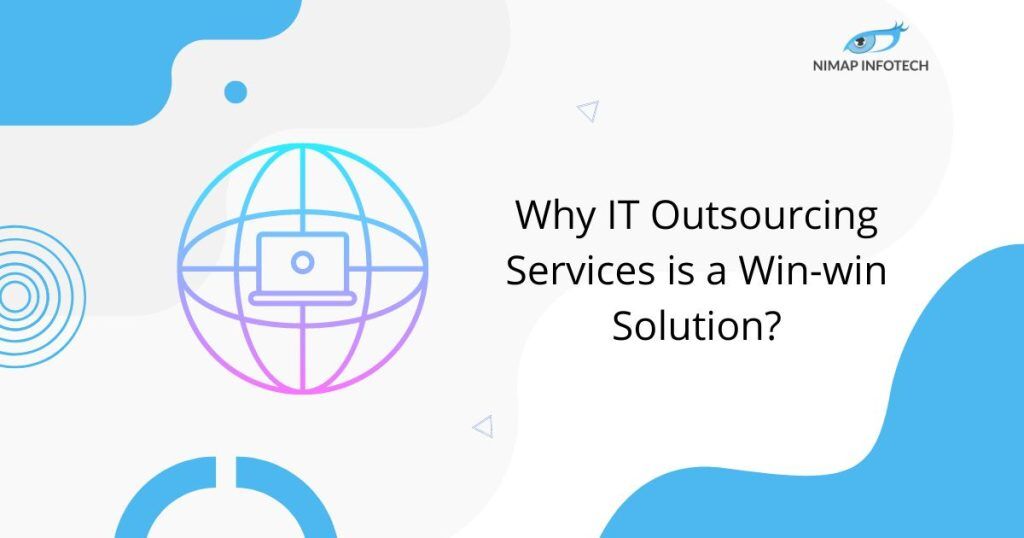Developing a new product can be challenging, particularly if you have a concept for one that could be useful to a target market but are unsure of how to get it in front of them.
The principles of the new product development process and the activities you may take to plan your product development phases are covered in this article.
Table of Contents
ToggleWhat is the New Product Development Process?
The best way to develop new products is through a planned and carefully carried out new product development process (NPD). To survive and prosper in the wake of mature products, businesses require a steady flow of fresh ideas turned into new products.
The product development process refers to the entire set of steps taken by a company to envision and deliver a new offering. It encompasses all important stages, such as figuring out the best method for developing and marketing the product, figuring out its price, and figuring out the best go-to-market plan. Technology must be made more user-friendly in order to meet consumer needs, which is the aim of the new product development process.
There is a difference between the phrases “product development” and “new product development.” Product development concentrates on launching goods that already have a Proof of Concept (POC), whereas new product development concentrates on concepts that are entirely novel and have a high degree of uncertainty around their creation and eventual adoption.
To keep your business competitive in a market that is constantly evolving, you need a custom software development service that includes seven essential steps and an organizational culture that is open to trying something new.
7 Product Life Cycle Development Stages
Seven steps make up the process of developing a new product. You’ll be able to constantly come up with new product ideas if you use this technique.
The goal is to ensure the product meets customer expectations and meets their needs effectively, despite the time-consuming and iterative process involved in creating a new product.
Let’s discuss the seven stages of product life cycle development.
Concept/Ideation:
- Generating ideas is the first step in creating a new product.
- It is one of the most important stages of product development and requires you to come up with an idea (or ideas) that would help you find a fresh approach to solving an existing client issue.
- When coming up with ideas to help you meet client needs, it’s essential to have a solid awareness of the target audience and their problems.
- The main potential sources of ideas are:
Internal source:
Internally, the business produces new concepts. It incorporates both employee and R&D efforts. Staff members are often the primary source of innovative ideas due to their constant exposure to product and client feedback.
External sources:
The business looks outside for fresh concepts. It covers competitors as well as other sources like distributors and suppliers. Customers are the most crucial external source, as they should be the primary focus at every stage of creating a new product.
Idea screening:
- The second stage of the new product development process expands on the first.
- You’ve created a list of all the concepts you can think of. Now is the time to cross off any suggestions from your list that are inadequate.
- The evaluation of a product idea involves considering more factors than just its strengths or weaknesses.
- Ideas must also be in line with the overall business strategy and direction of the organization.
- When narrowing down potential new product development concepts, a SWOT (Strengths, Weaknesses, Opportunities, and Threats) analysis may be helpful.
Also Read: MVP Software Development: A Complete Guide
Design and development:
- In this phase, engineers develop formal engineering specifications.
- We are developing future plans for verification and validation.
- The final quality tests are crucial in systematically verifying the final product’s functionality and inclusion of all agreed-upon deliverables.
- The product design and development is then built, and regular checks are conducted along the way to evaluate and reduce the risk of failure for the project’s end users and the product itself.
Business and marketing strategy development:
- During the initial stage of the new product development process, we establish profit estimates.
- Business analysis and marketing strategy are crucial stages in the seven stages of new product development, involving creating a plan to interact with specific demographics.
- Incorporating several essential elements, the creation phase of a marketing strategy develops a powerful marketing mix.
- Here are a few of these elements:
1. Target market definition and value proposition as seen from the perspective of the customer
2. Over time, and particularly in the first year, profit targets
3. Pricing, supply, and overall spending
4. estimates for future sales
Product development:
- At this stage of the new product development process, your product is ready to be a prototype or the first run of a product.
- This will offer a tangible demonstration of your concept that you can test in practice, rather than just on paper.
- A prototype also referred to as a minimal viable product (MVP), serves as a simplified version of a concept used to evaluate its functionality and identify areas for enhancement.
- For iterative and incremental market development, you can release a minimum viable product (MVP) with minimal features.
- Naturally, good collaboration and communication lead to changes based on consumer feedback.
Test marketing:
- Conducting market research involves distributing prototypes to the target market and obtaining their input on the product’s functionality.
- It entails finding out what your target market likes about your proposed product and what they would want to see changed or added to it.
- Before spending too much time and money on it, you should test your product to make sure it works.
- A favorable answer means there is enough demand for the product, which triggers the beginning of the manufacturing process.
Commercialization:
- The final stage of new product development is commercialization, where companies make products available in the market.
- During this stage, the company will need to build or hire a production facility, which will cost the most money.
- During the initial year, a company can allocate a substantial amount for advertising, product promotion, and other marketing strategies.
Read More: Progressive Web App Development Guide
The primary goal of all stages of the new product development process is to enhance customer value. The product won’t be a commercial success till then. The seven stages of the product development process are crucial for understanding market changes due to technological advancements and modernization.
We trust that this article has helped you gain a better grasp of the process involved in developing new products. Following these procedures will make product creation simpler and less challenging.
Author
-
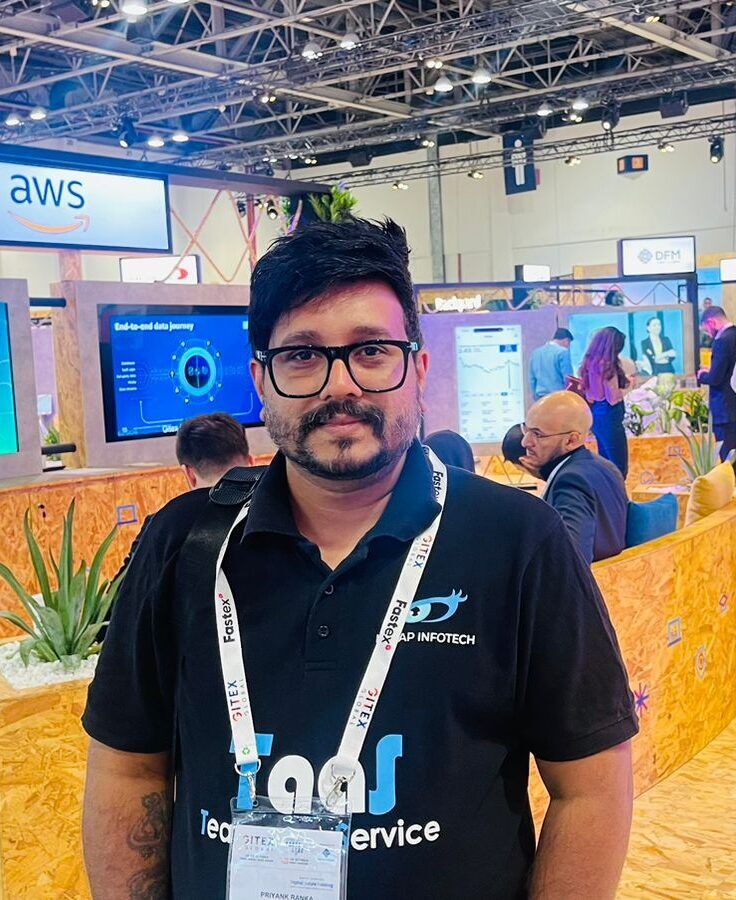
With 14+ years in IT and entrepreneurship, I co-founded Nimap Infotech, a digital transformation company that has delivered 1200+ projects and built a team of 400+ engineers. I’ve also led mobile development teams at Accenture India and IBM Apple Garage and developed a network of 7k+ iOS and Android developers. As an Angel Investor, tech advisor, and mentor, I actively engage with the startup ecosystem.
View all posts



